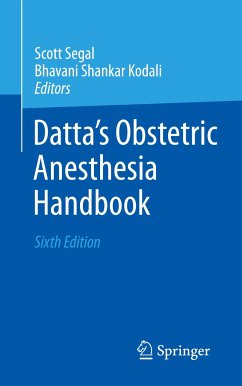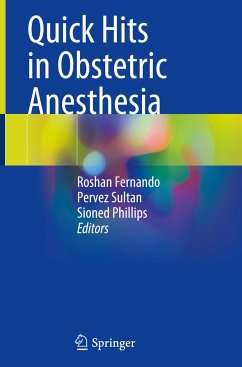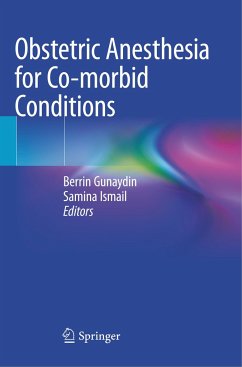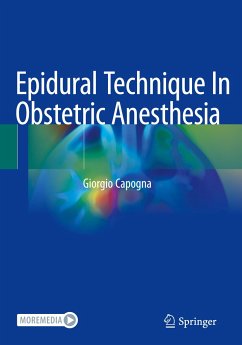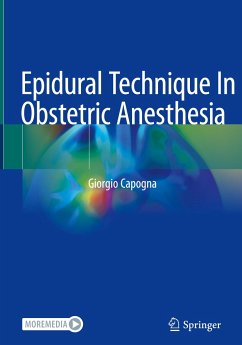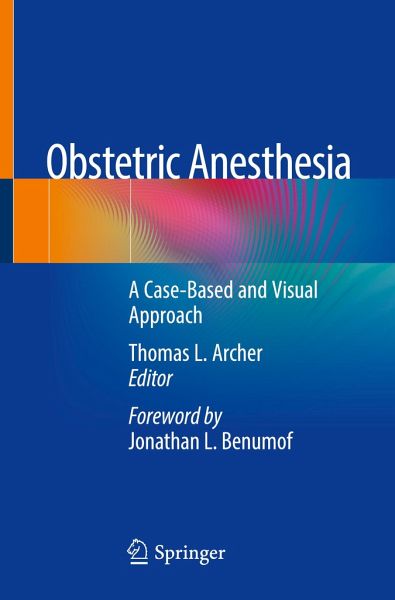
Obstetric Anesthesia
A Case-Based and Visual Approach
Herausgegeben: Archer, Thomas L.

PAYBACK Punkte
34 °P sammeln!
With 32 engaging and dramatic cases and 174 colorful, insightful and innovative graphics, this book takes a fresh, creative and highly visual approach to the fundamentals of obstetric anesthesia as well as emerging knowledge and three emerging technologies: 1) pre-procedural ultrasound to facilitate neuraxial block placement, 2) point-of-care transthoracic echocardiography to guide maternal resuscitation, and 3) electrical cardiometry to trend maternal cardiac output and avoid fetal hypoxia. Besides discussing the threats to fetal oxygenation presented by labor and the avoidance of maternal an...
With 32 engaging and dramatic cases and 174 colorful, insightful and innovative graphics, this book takes a fresh, creative and highly visual approach to the fundamentals of obstetric anesthesia as well as emerging knowledge and three emerging technologies: 1) pre-procedural ultrasound to facilitate neuraxial block placement, 2) point-of-care transthoracic echocardiography to guide maternal resuscitation, and 3) electrical cardiometry to trend maternal cardiac output and avoid fetal hypoxia. Besides discussing the threats to fetal oxygenation presented by labor and the avoidance of maternal and fetal complications while providing excellent anesthesia, the book also explores the psychological and behavioral dimensions of obstetric anesthesia practice and promotes the obstetric anesthesiologist as a valued member of the obstetric care team who makes unique, insightful and empathic contributions to the overall excellent care of pregnant patients.Obstetric Anesthesia: A Case-Based and Visual Approach is an indispensable resource for medical students, residents, fellows, anesthesiologists, nurse anesthetists, nurse midwives, and obstetricians.




